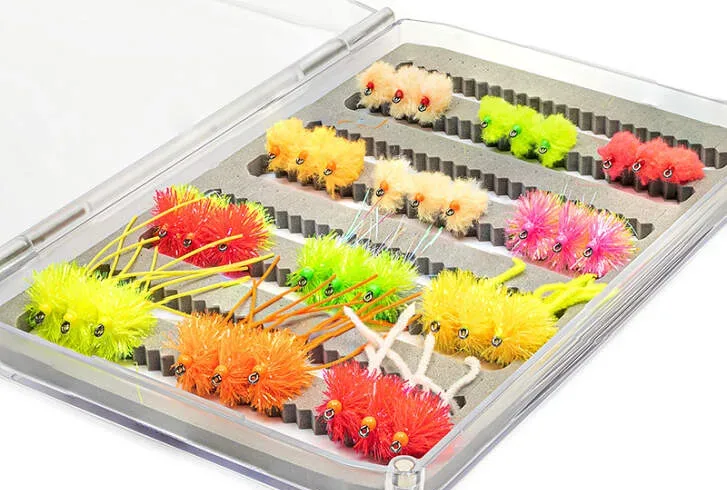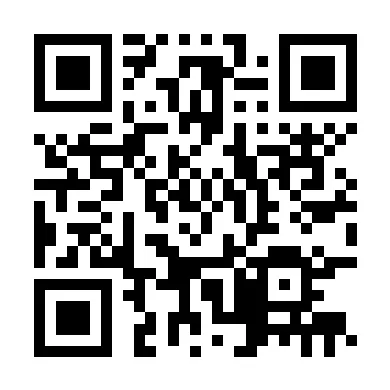It is rare to find any fly angler that does not have an Egg Fly pattern in their fly box. Eggs are a go to fish catcher for trout and many other fish species. Any fish that eats eggs or likes an attractor will bite an egg fly. The Bird Flu has recently impacted the number of eggs available, but not for anglers.
Back in the day, ne one used egg flies. Many Catch and Release fisheries and Fly Fishing Only waters banned many of the common fly-tying materials that we commonly use today. Yellowstone and other National Parks once banned marabou because it worked too well. The undulating feathers on a fly were too enticing. No rubber bands, metal, or many “manmade” materials were illegal. Flies needed to be made from only natural materials.
I always thought that this was odd. When you think about some of the first fly anglers, you need to remember the English anglers. The British military spread fly fishing and trout wherever their empire trekked. The common fly box had actual insects and flies glued or thread wrapped onto a hook.
As kids, Salmon eggs were a common bait. We used Pete’s or Mike’s Salmon eggs in several colors. They worked great but were not allowed in the flyfishing only areas. It was time to be creative.
I used a standard #10 bait hook. Then I wrapped lead wire onto the hook. On top, I carefully wrapped orange chenille. In the Maryland streams I fished, these were all legal materials. I called my egg fly the “Vindicator”. It worked really well. If I fly fished with this fly in Put and Take water, I would soak it in salmon egg juice. Oh, did this work well. I never saw any others using this idea back in the 1960’s.
Egg Flies are common today. Special fly materials have been designed to mimic salmon eggs. The materials come in many colors and variations. We now tie them in multicolor, with beads, with a worm tail or… Everyone has a variation of the egg fly. Some egg flies look scrambled, skirted, membraned, hackled, and others just round. They even make plastic eggs that can be glued onto the hook.
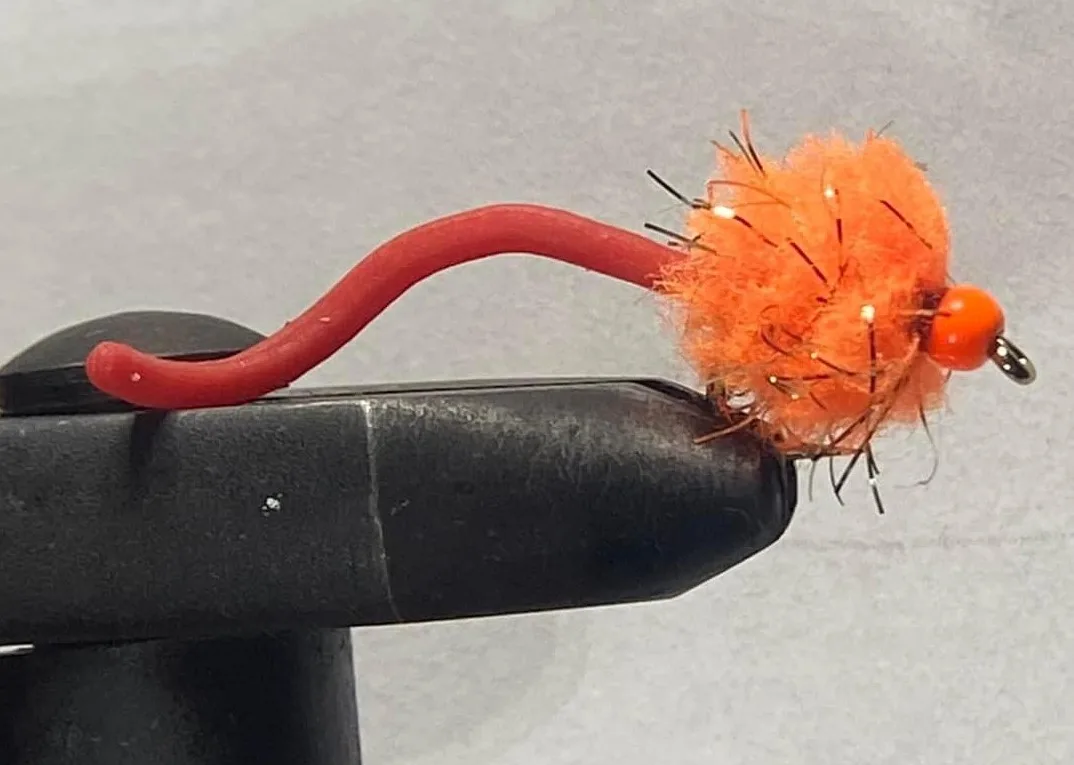
Egg flies now have new names. “Thunder eggs, Nuke Eggs, Eye Eggs, Mega Eggs, Cluster Eggs, Glo Bugs, Foam Eggs, Meth Eggs, Ripple Crush Eggs, Rag Eggs, and Clown Eggs”. With a quick Google search, you can find other prototypes and You Tube videos on how to tie them.
Today, even special egg hooks are sold. Most fly tyers now use scud hooks for their egg patterns. Eggs on the front of a wooly buggers or streamer work well too. Even floor mop material creates a longer style egg that can be used to tie a “Mop Fly”.
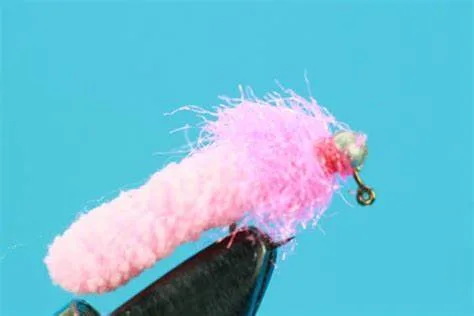
Fish do not see colors, since they do not have cells called cones in their eyes. They do see reflected light. Orange, yellow, and chartreuse tend to be great colors for egg flies. There are some guys that prefer red, purple, or…” Eggstasy” egg material comes in 16 colors.
Ther old “Vindicator” has also evolved over the years. In the beginning, Fly Guys Frowned on any fly that mimicked bait. Today, most are stocked with an arsenal of egg and worm patterns in their fly boxes. Times, opinions, and fly patterns change.
The yolk is on us now!
Montana Grant

